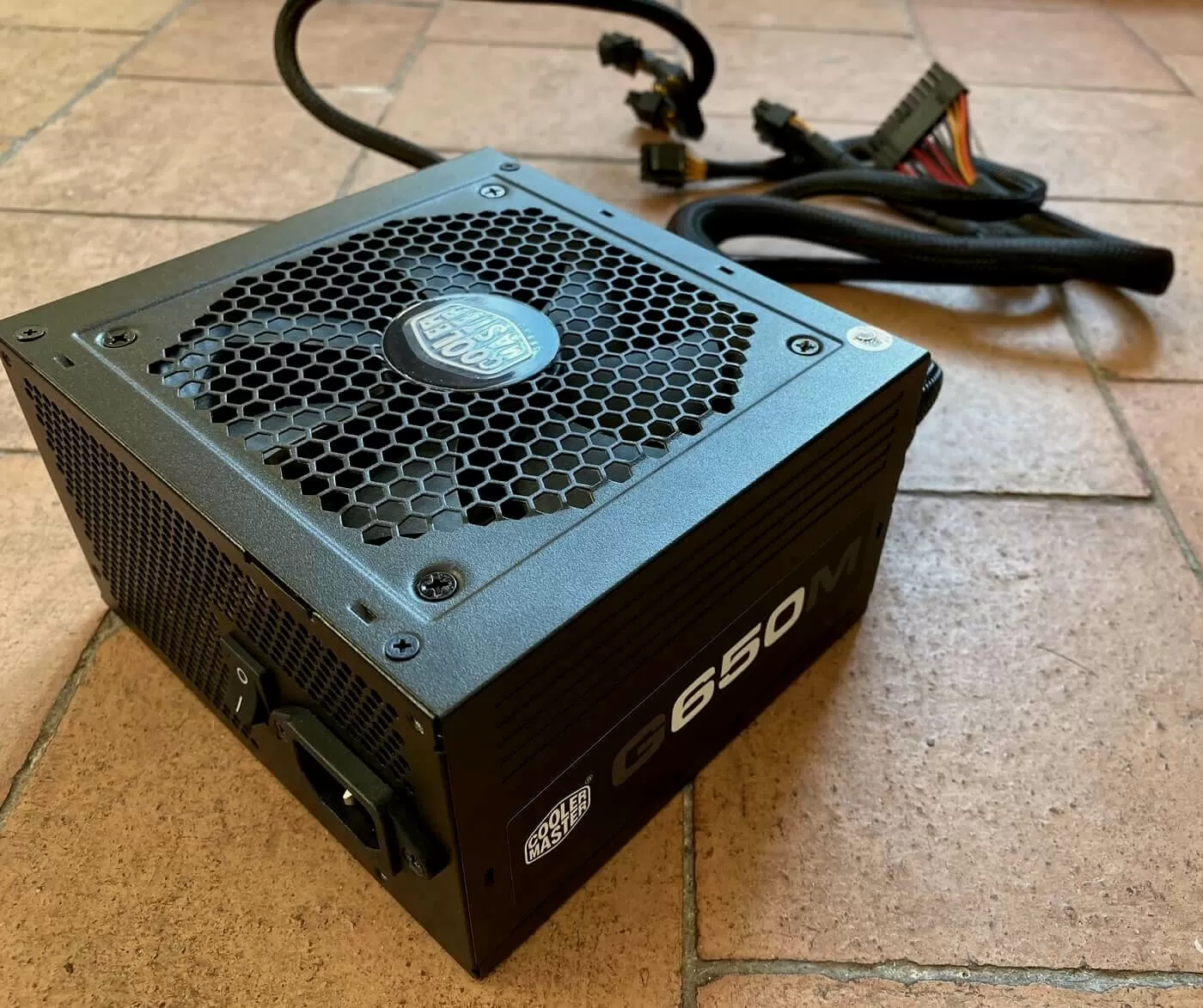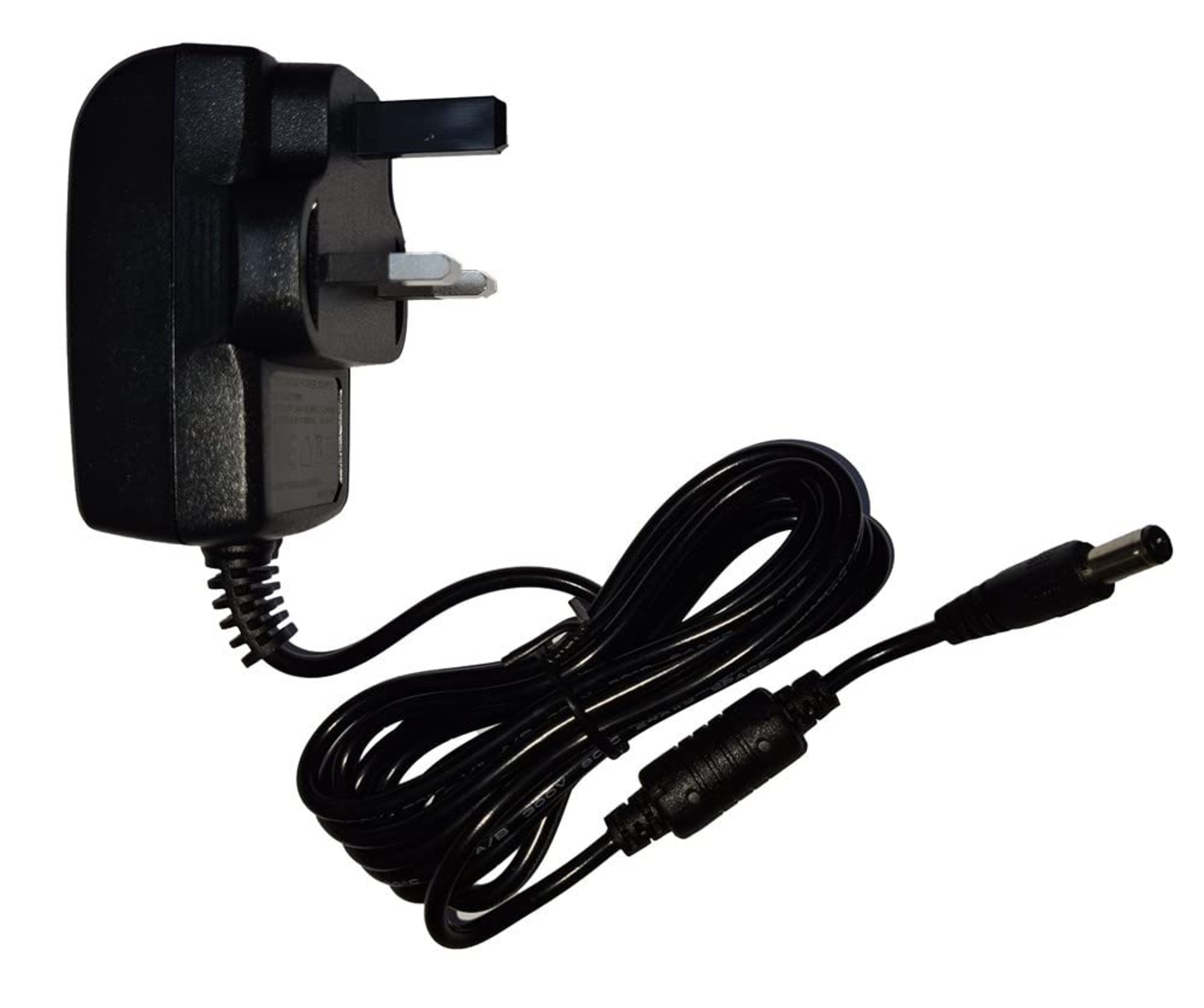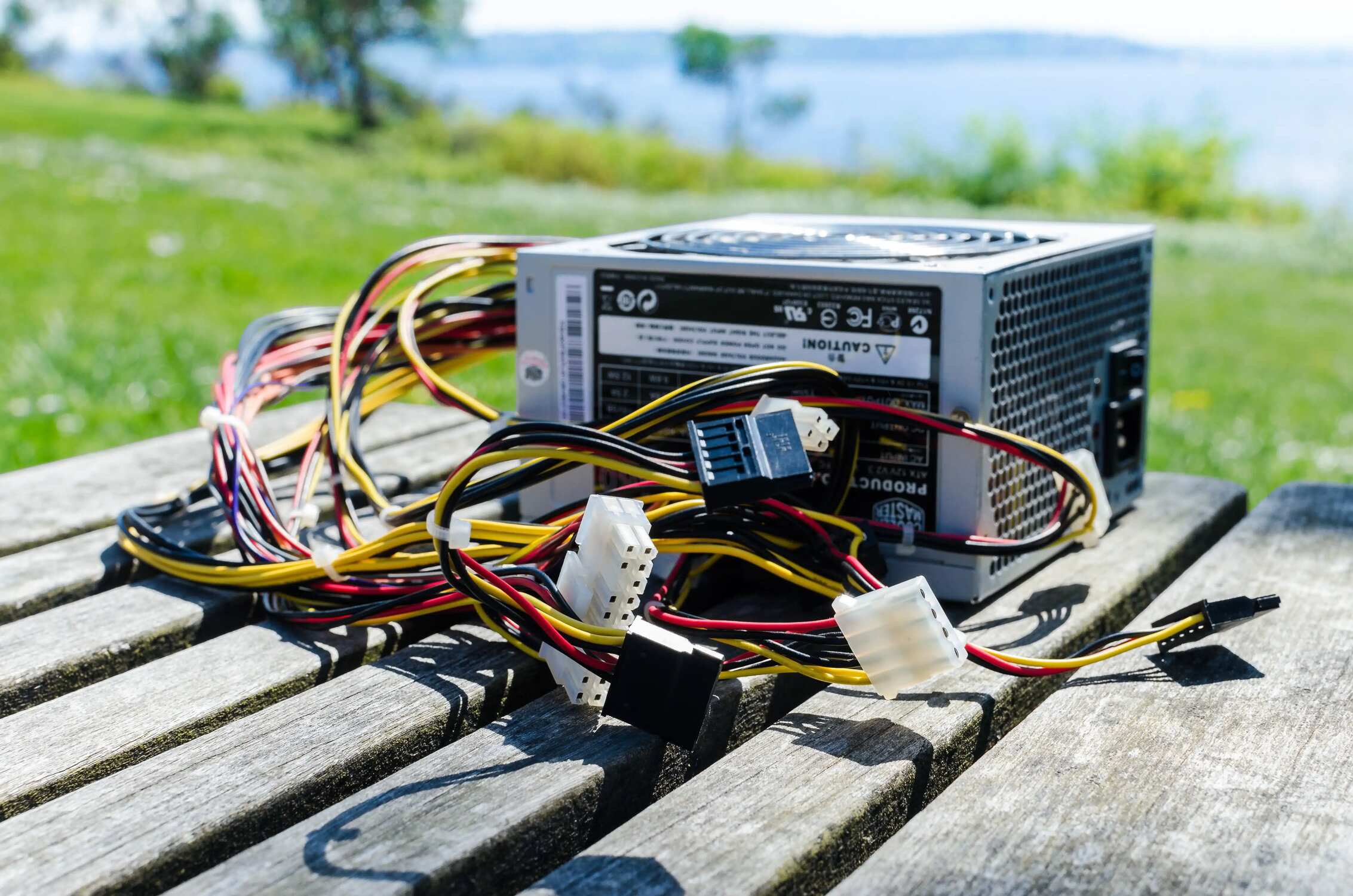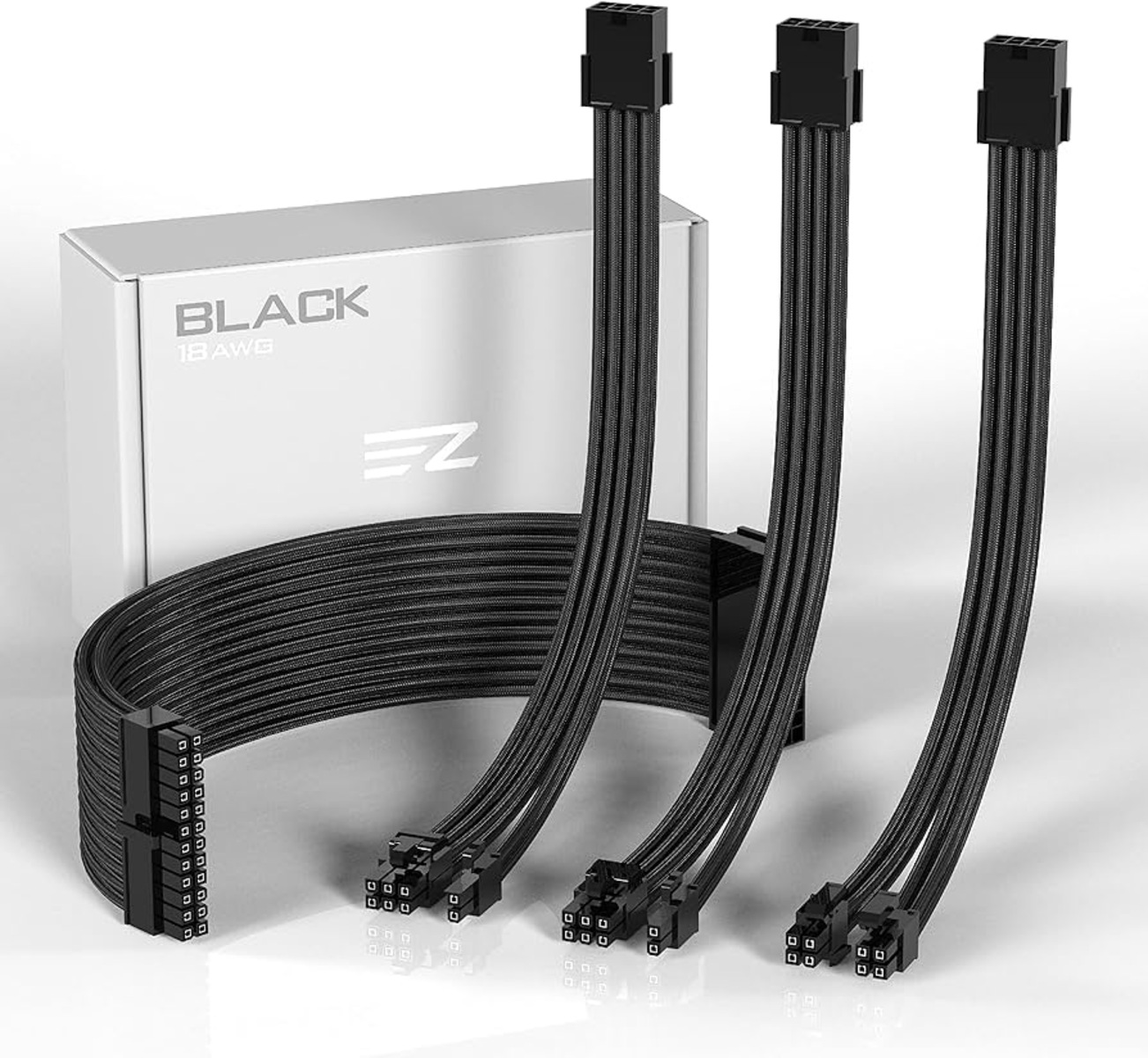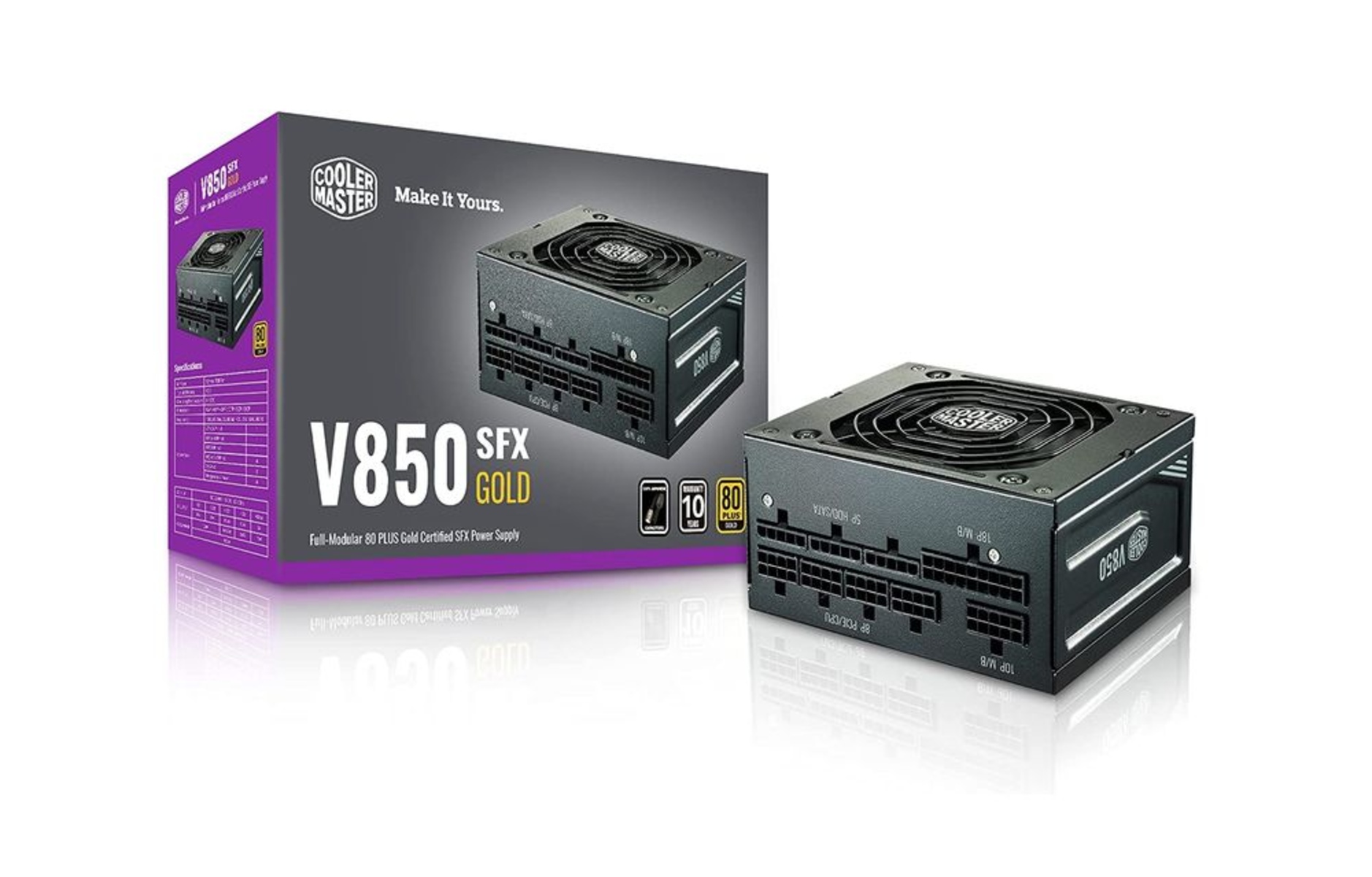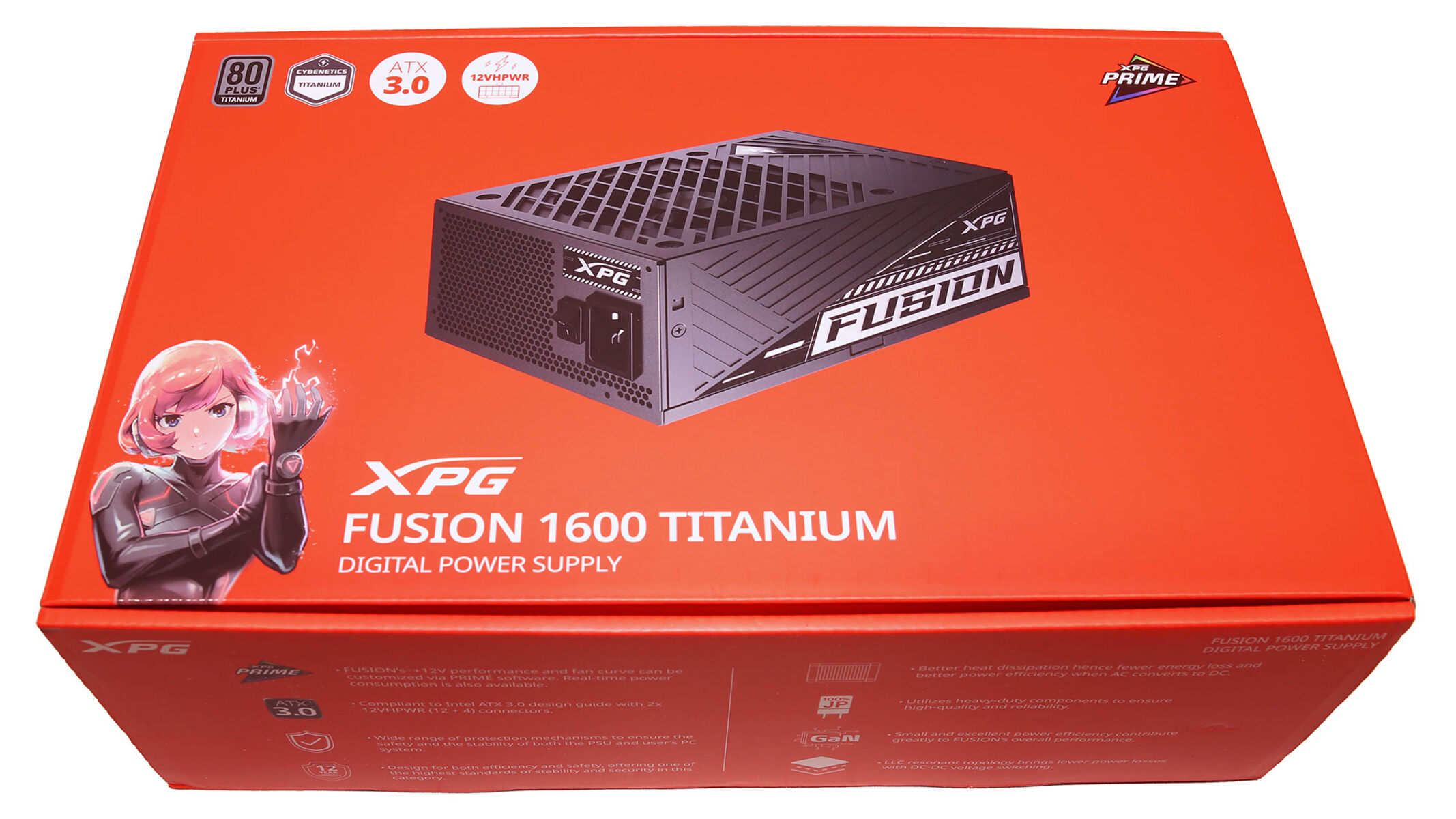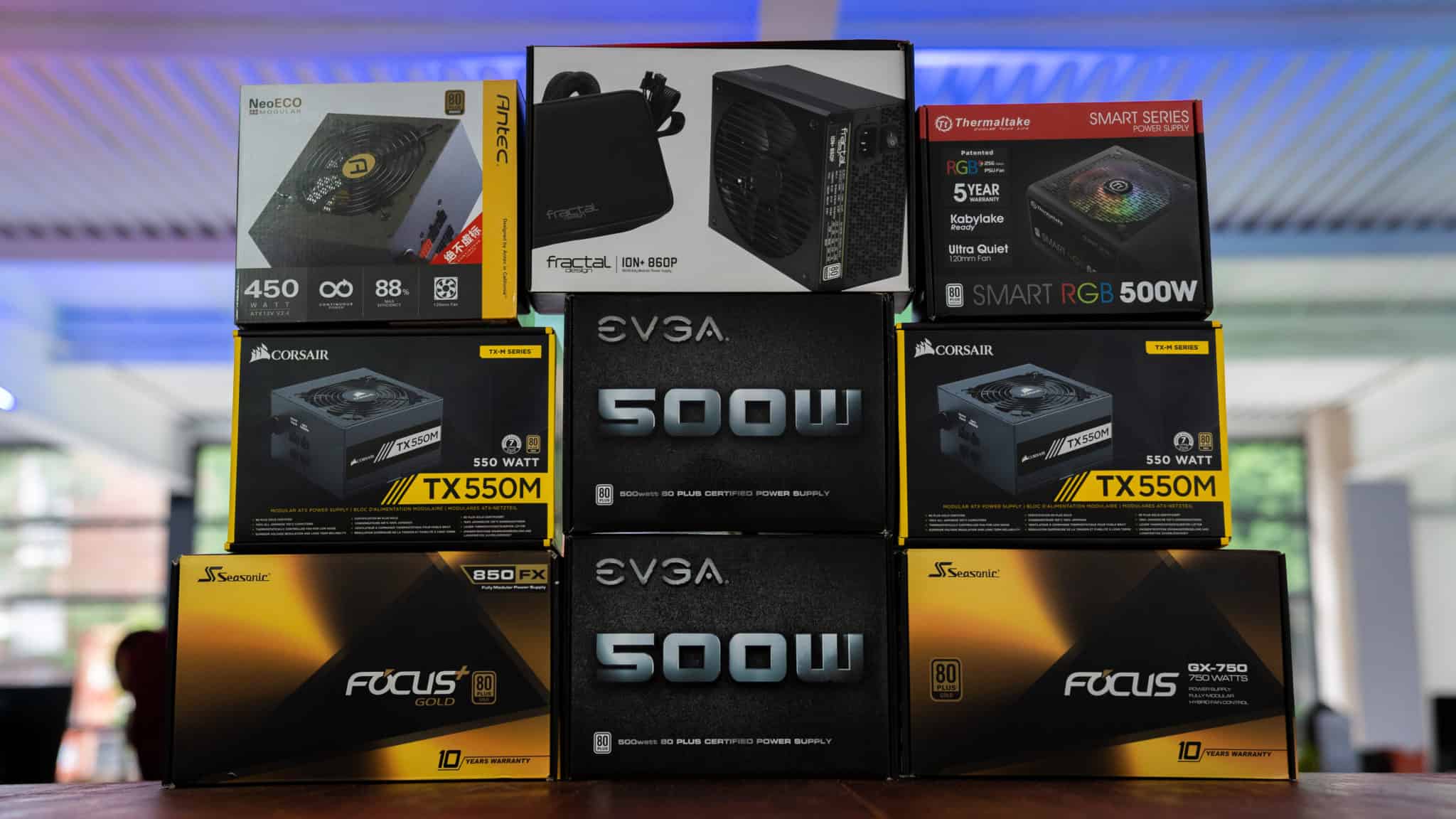Introduction
Welcome to the world of computer hardware, where the PSU reigns as an integral component. PSU, also known as a Power Supply Unit, plays a crucial role in supplying power to all the components of a computer. It is often overlooked, but its importance cannot be overstated.
A PSU is essentially responsible for converting the electrical power from the outlet into usable power that the computer’s internal components can utilize. Without a reliable PSU, your computer would simply be a lifeless machine. Whether you are a casual computer user, a gaming enthusiast, or a professional, understanding what a PSU is and its significance is vital in ensuring the smooth operation of your system.
In this article, we will explore the essential aspects of a PSU, ranging from its definition and importance to the different types available in the market. We will also discuss the key components that make up a PSU, the factors to consider when choosing one, and the common features to look for. By the end, you will be equipped with the knowledge needed to make an informed decision when it comes to purchasing a PSU for your computer.
As technology continues to advance and power-hungry components become the norm, having a reliable and efficient PSU becomes even more crucial. So, let’s dive into this fascinating world and demystify the PSU, unraveling its secrets and discovering why it holds such significance in the realm of computer hardware.
Definition of PSU
A Power Supply Unit, commonly referred to as a PSU, is a hardware component that converts the electrical power from the mains AC (alternating current) into the DC (direct current) power needed by a computer or electronic device. It is an essential component that provides power to all the internal components of a computer, ensuring their proper functioning.
The PSU acts as the bridge between the electrical outlet and the computer by taking in high-voltage AC power and converting it to the low-voltage DC power required by the computer’s internal components, such as the motherboard, processor, graphics card, and storage drives. It performs this conversion process through a combination of transformers, rectifiers, capacitors, and voltage regulation circuits.
The PSU not only ensures a stable and continuous supply of power but also protects the computer from power fluctuations, surges, and potential electrical damages. It acts as a vital safety mechanism by regulating the voltage, current, and wattage to prevent any excessive or unstable power from reaching the delicate components of the computer.
PSUs are available in different power ratings, commonly measured in watts (W). The power rating determines the amount of power the PSU can deliver to the computer. It is essential to choose a PSU with an adequate power rating to meet the demands of the computer system. Insufficient power can lead to system instability, crashes, and even hardware damage, whereas an overpowered PSU may result in inefficiency and unnecessary expense.
When it comes to selecting a PSU, it is crucial to consider factors such as wattage, efficiency, form factor, modular or non-modular design, and the specific requirements of the computer system. Choosing the right PSU ensures proper power delivery and contributes to the overall performance, stability, and longevity of the computer system.
Now that we have a clear understanding of what a PSU is, let’s delve deeper into its importance and why it is an integral part of any computer system.
Importance of PSU
The Power Supply Unit (PSU) plays a critical role in the overall functionality and stability of a computer system. Although often overshadowed by more glamorous components like processors and graphics cards, the importance of a reliable and high-quality PSU cannot be overstated. Here are a few key reasons why the PSU is a vital component:
- Power Regulation: One of the primary functions of the PSU is regulating the voltage and current that is supplied to the computer’s internal components. It ensures that the power is delivered at a consistent and safe level, preventing any damage that could occur due to power surges or fluctuations.
- Component Protection: A high-quality PSU has built-in protection mechanisms, such as overvoltage protection, undervoltage protection, and short-circuit protection. These safeguards prevent damage to the delicate components of the computer in case of electrical abnormalities, ensuring that your system remains safe and reliable.
- System Stability: A stable and reliable power supply is essential for the smooth operation of a computer. Insufficient or fluctuating power can result in system crashes, freezes, and other stability issues. A high-quality PSU provides a consistent power supply, preventing such issues and ensuring a seamless computing experience.
- Efficiency: Modern PSUs are designed to be highly efficient, converting AC power from the outlet to DC power with minimal energy loss. Higher efficiency means less wasted energy, which not only reduces electricity consumption but also results in lower heat generation. This leads to quieter operation, improved system longevity, and reduced utility bills.
- Expandability and Future-proofing: Investing in a PSU with a higher wattage capacity than is currently needed can be beneficial in the long run. It allows for future upgrades and system expansions without the need to replace the PSU. Planning for the future ensures that your power supply can accommodate the increasing demands of new components and technologies.
In summary, the PSU is a crucial component that ensures a stable and efficient power supply to a computer system. It protects the delicate internal components, provides stable power delivery, and contributes to the overall stability and longevity of the system. Investing in a high-quality PSU is essential for a reliable and hassle-free computing experience.
Types of PSU
When it comes to Power Supply Units (PSUs), there are several different types available in the market, each catering to specific needs and requirements. Let’s explore some of the common types of PSUs:
- ATX PSU: The ATX (Advanced Technology eXtended) PSU is the most common and widely used type. It follows the ATX standard for size and mounting, making it compatible with the majority of computer cases. ATX PSUs come in varying power ratings, from standard units for regular usage to high-wattage units for gaming and workstation builds.
- SFX PSU: SFX (Small Form Factor) PSUs are designed for compact computer cases that have limited space. These PSUs are smaller in size compared to ATX PSUs, making them ideal for Mini-ITX and small form factor builds. Despite their smaller size, SFX PSUs still deliver suitable power for most applications.
- Modular PSU: A modular PSU is equipped with detachable cables, allowing users to connect only the necessary cables for their specific system configuration. This results in a cleaner and more organized build, as unused cables can be avoided altogether. Modular PSUs are popular among enthusiasts and builders who prioritize cable management and ease of installation.
- Non-Modular PSU: Non-modular PSUs come with fixed cables, making cable management more challenging compared to modular PSUs. These PSUs are suitable for systems with standard configurations and where cable clutter is not a significant concern. Non-modular PSUs tend to be more affordable, making them a popular choice for budget builds.
- Efficiency PSU: Efficiency-rating is an important factor to consider when choosing a PSU. These PSUs are rated based on their efficiency in converting AC power to DC power. Common efficiency ratings include 80 Plus Bronze, 80 Plus Silver, 80 Plus Gold, 80 Plus Platinum, and 80 Plus Titanium, with Titanium being the most efficient. Higher efficiency PSUs generally result in reduced energy consumption and produce less heat.
- Fully-Modular PSU: Fully modular PSUs offer complete flexibility in cable management. Every cable is detachable, including the main ATX power cable, allowing for a completely customizable build. This level of modularity ensures optimal cable management possibilities, but it often comes with a higher price tag.
- Redundant PSU: Redundant PSUs are commonly used in servers and high-end workstations that require maximum uptime and reliability. These PSUs feature redundant power supplies, meaning that if one power supply were to fail, the other would seamlessly take over. Redundant PSUs provide peace of mind in critical applications where uninterrupted power supply is paramount.
It’s important to choose a PSU that aligns with your specific requirements and the build of your computer system. Considering factors such as form factor, modularity, efficiency, and power rating will help you select the right type of PSU that provides efficient and reliable power delivery.
Key Components of PSU
A Power Supply Unit (PSU) consists of several key components that work together to convert the electrical power from the mains AC into the DC power required by a computer or electronic device. Understanding these components can give us insight into the functioning of a PSU. Let’s take a closer look at the key components:
- Transformer: The transformer in a PSU is responsible for stepping down the high-voltage AC power from the electrical outlet to a lower voltage level. It plays a crucial role in reducing the power to a level that the PSU can handle and convert into DC power.
- Rectifier: The rectifier is responsible for converting AC power to DC power. It consists of diodes that allow the flow of current in one direction and block it in the opposite direction. This process ensures that the DC power supplied to the computer’s components is consistent and free from unwanted AC fluctuations.
- Capacitor: Capacitors store electrical energy and help maintain a stable and continuous flow of power. They act as energy reservoirs, providing immediate power when required. Capacitors also help in smoothing out any ripples or fluctuations in the DC power, ensuring a steady supply to the computer system.
- Voltage Regulation Circuit: The voltage regulation circuit is responsible for maintaining a constant voltage output despite variations in the input voltage. It ensures that the DC power supplied to the computer components remains within the specified voltage range, protecting the system from potential damage due to overvoltage or undervoltage situations.
- Fan: The PSU often contains a fan to remove heat generated by the components. It aids in cooling the PSU and preventing overheating, which can adversely affect its performance and longevity. The fan also helps in maintaining a healthy overall temperature within the computer case by expelling hot air.
- Wiring and Connectors: The wiring and connectors in a PSU are responsible for distributing the DC power to the different components of the computer system. They ensure proper connectivity and allow for easy installation and removal of the PSU from the system. The number and type of connectors vary based on the PSU’s design and wattage.
These are the key components that make up a typical PSU. Each component has a vital role in the power conversion process and ensuring the stable and efficient operation of a computer system. Understanding these components can help users troubleshoot power-related issues, make informed decisions while purchasing a PSU, and appreciate the complexity involved in delivering reliable power to their devices.
Factors to Consider when Choosing a PSU
Choosing the right Power Supply Unit (PSU) for your computer system is crucial for ensuring optimal performance, stability, and longevity. Consider the following factors to make an informed decision when selecting a PSU:
- Wattage: Determine the power requirements of your system by considering the power draw of your components. Ensure that the PSU has enough wattage to handle the load comfortably. It’s advisable to choose a slightly higher wattage PSU to accommodate for future upgrades and system expansions.
- Efficiency Rating: Look for a PSU with a high efficiency rating, such as 80 Plus Bronze, Silver, Gold, Platinum, or Titanium. A higher efficiency rating means less wasted power and lower electricity bills. Efficiency is especially important if your system operates for long hours or if you prioritize energy conservation.
- Form Factor: Ensure that the PSU is compatible with your computer case. The most common form factor is ATX, but smaller cases may require SFX or other specialized form factors. Verify the dimensions and mounting options to guarantee a proper fit.
- Modularity: Consider whether you prefer a modular, semi-modular, or non-modular PSU. Modular PSUs allow you to connect only the necessary cables, reducing cable clutter and improving airflow within the case. Non-modular PSUs come with fixed cables, which may be more affordable but can make cable management more challenging.
- Connectors: Check if the PSU has the required connectors for your components, such as the motherboard, graphics card, storage devices, and peripherals. Ensure that there are enough SATA, PCIe, CPU power, and peripheral connectors to accommodate your system’s needs.
- Quality and Reliability: Invest in a reputable PSU brand known for reliability and quality. Read reviews and consider the warranty provided. A well-built PSU with high-quality components will not only last longer but also offer better protection to your system against power-related issues.
- Noise Level: Some PSUs come with a quiet fan or feature fanless designs for silent operation. Consider the noise level, especially if you prioritize a quiet computing environment or if you engage in activities such as audio production or content creation.
- Budget: Set a budget for your PSU purchase and find a balance between quality, features, and affordability. While it’s tempting to go for the lowest-cost option, investing in a reliable PSU now can save you from potential system failures and costly replacements down the line.
By considering these factors, you can select a PSU that meets the power needs of your system, ensures efficient power delivery, and provides a reliable and stable power supply. Taking the time to choose the right PSU will contribute to a smoother and more enjoyable computing experience.
Common PSU Features
Power Supply Units (PSUs) come with a variety of features that cater to different user needs and preferences. Understanding these common features will help you make an informed decision when choosing a PSU for your computer system:
- Active Power Factor Correction (PFC): PSUs with active PFC help improve energy efficiency and reduce harmonic distortion by optimizing the power factor. This feature enables the PSU to draw power more effectively from the electrical grid, resulting in reduced energy consumption and better utilization.
- Modular Cabling: Modular PSUs feature detachable cables, allowing users to connect only the necessary cables for their specific system configuration. This feature provides a cleaner and more organized build, reduces cable clutter, and improves airflow within the computer case.
- Overvoltage Protection (OVP) and Undervoltage Protection (UVP): These protection mechanisms safeguard the computer components by monitoring the voltage levels and shutting down the PSU if they exceed or drop below the safe operating limits. OVP and UVP protect against potential damage caused by power fluctuations.
- Short Circuit Protection (SCP): SCP safeguards the PSU and other components by immediately shutting off the power in case of a short circuit. It prevents excessive current flow and potential damage to the PSU, motherboard, or other connected devices.
- Temperature Control: Many PSUs have built-in temperature control mechanisms that adjust the fan speed based on the internal temperature. This feature helps keep the PSU and the system cool, maintaining optimal performance and extending the lifespan of the components.
- Silent Operation: Some PSUs are designed for silent operation, with features like quiet fans or fanless designs. These PSUs prioritize minimizing noise levels, making them suitable for users who require a quiet computing environment or engage in tasks that demand minimal noise interference.
- Diagnostic LEDs: Some PSUs include diagnostic LEDs to indicate the power status, voltage levels, and potential issues. These LEDs provide a quick visual reference for users to troubleshoot power-related problems and ensure proper operation.
- Multiple Power Rails: Power supplies with multiple power rails divide the power output into multiple circuits, preventing excessive power draw from a single component. This helps maintain stability and protect the system from overloading.
- Sleeved Cables: Some PSUs come with sleeved cables, which not only enhance cable management but also improve aesthetics. Sleeved cables provide a cleaner and more professional look to the system build.
- Power Efficiency Certifications: PSUs can obtain efficiency certifications such as 80 Plus Bronze, 80 Plus Silver, 80 Plus Gold, 80 Plus Platinum, or 80 Plus Titanium. These certifications indicate the efficiency of the PSU in converting AC power to DC power. Higher-rated certifications represent increased energy efficiency and reduced power wastage.
These are some of the common features found in modern PSUs. When selecting a PSU, consider which features are important to your specific needs, as they can significantly impact the efficiency, reliability, and overall performance of your computer system.
PSU Shopping Guide
Shopping for a Power Supply Unit (PSU) requires careful consideration to ensure you choose the right one for your computer system. This PSU shopping guide will help you navigate the options and make an informed purchase decision:
- Determine Power Requirements: Assess the power requirements of your system by considering the wattage needs of your components. Ensure that the PSU has enough wattage to handle the load comfortably, taking into account future upgrades or additions.
- Consider Efficiency: Look for PSUs with high efficiency ratings, such as 80 Plus Bronze, Silver, Gold, Platinum, or Titanium. Higher efficiency means less wasted power and lower energy consumption, leading to reduced utility bills and a more eco-friendly system.
- Assess Form Factor Compatibility: Check the form factor requirements of your computer case. Common form factors include ATX, SFX, and others. Ensure that the PSU you choose fits properly within your case and matches the mounting options.
- Choose between Modular and Non-Modular: Decide whether you prefer a modular, semi-modular, or non-modular PSU. Modular PSUs offer flexibility in cable management by allowing you to connect only the necessary cables. Non-modular PSUs can be more cost-effective but may result in more cable clutter.
- Verify Connector Compatibility: Ensure that the PSU has sufficient and appropriate connectors for your components. Check the number and type of connectors for the motherboard, graphics card, storage drives, and other devices in your system.
- Read Reviews and Research Brands: Look for reputable PSU brands known for their reliability and quality. Read customer reviews and professional recommendations to gain valuable insights into the performance and reliability of different PSU models.
- Consider Noise Levels: If noise levels are a concern, look for PSUs with quiet fans or fanless designs. Depending on your requirements, you can prioritize silent operation by selecting a PSU with noise-reducing features.
- Set a Budget: Determine your budget for the PSU purchase. While it’s tempting to opt for the least expensive option, investing in a reliable PSU with adequate features and quality components will save you from potential issues and system failures in the long run.
- Check Warranty and Customer Support: Verify the warranty offered by the PSU manufacturer and the availability of customer support. A longer warranty period and responsive customer support can provide peace of mind and assistance in case of any issues.
- Compare Prices and Features: Compare the prices and features of different PSUs from various retailers. Take into consideration the overall value, features, and reputation of the brand to make an informed decision.
By following this PSU shopping guide, you can confidently select a PSU that meets your power requirements, offers efficient and stable power delivery, and enhances the overall performance and reliability of your computer system.
Conclusion
A Power Supply Unit (PSU) is an essential component that should not be overlooked when building or upgrading a computer system. It is responsible for converting the electrical power from the mains AC into the DC power required by the internal components. Through its various components and features, the PSU ensures a stable power supply, protects the components from voltage fluctuations, and contributes to the overall performance and longevity of the system.
When choosing a PSU, factors such as wattage, efficiency, form factor, modularity, connectors, and budget should be considered to ensure the PSU meets the specific requirements of the system. It is important to invest in a reliable and high-quality PSU from reputable brands known for their performance and customer support.
Understanding the different types of PSUs, key components, and common features helps users make informed decisions and select the most suitable PSU for their needs. Furthermore, the PSU shopping guide provides a step-by-step approach to navigate the purchasing process with confidence.
By choosing the right PSU, users can enjoy a stable and efficient power supply, improved system stability, reduced energy consumption, lower noise levels, and better protection for their valuable computer components. It is an investment that pays off in terms of performance, reliability, and longevity.
So, whether you are a casual computer user, a gaming enthusiast, or a professional, evaluating and selecting the right PSU is crucial for a smooth and enjoyable computing experience. Make a wise choice, and power up your system with a reliable and efficient PSU.







